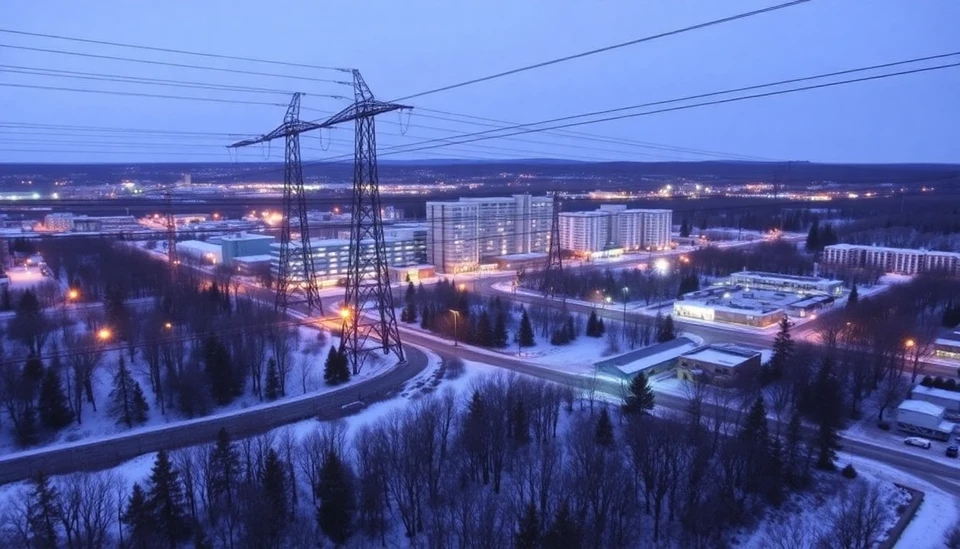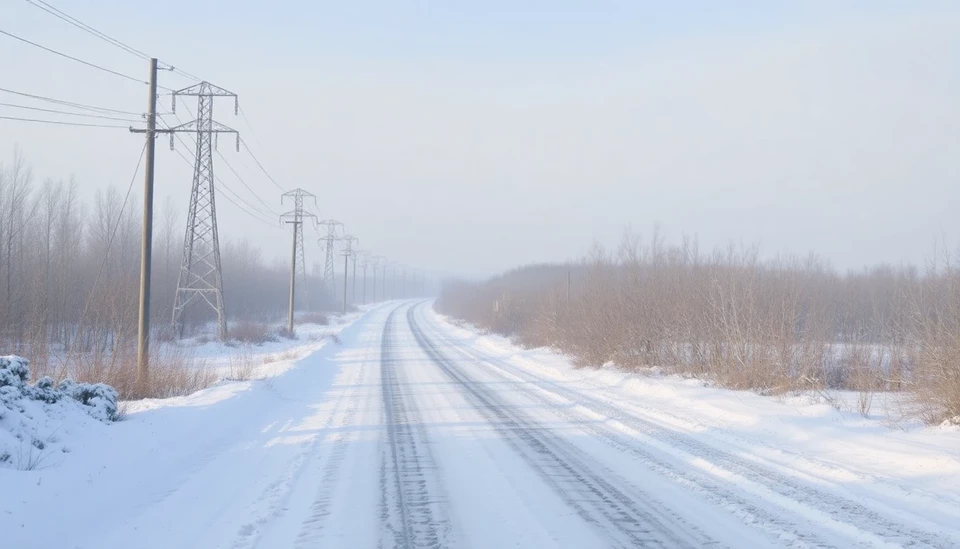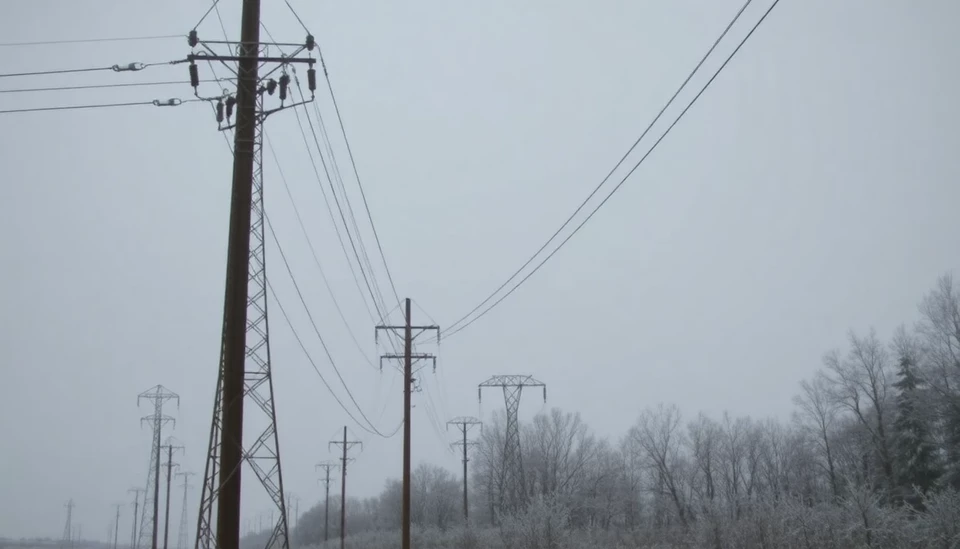
In an unprecedented turn of events, the largest electricity grid in the United States, known as the Electric Reliability Council of Texas (ERCOT), has experienced a historic spike in power demand due to a brutal deep freeze sweeping across much of the region. This extreme winter weather not only impacted daily life but also led to record electricity usage, as residents turned to heating systems to combat the frigid temperatures.
On January 22, 2025, ERCOT reported a staggering demand for power, reaching levels previously unseen during winter months. The combination of icy conditions, accompanied by wind chills plunging temperatures into the single digits in many areas, has significantly increased the need for heating across homes and businesses. This surge in electricity demand was noted to have exceeded all anticipations, resulting in ERCOT issuing various alerts to ensure the stability and reliability of the grid throughout this demanding period.
Further exacerbating the situation, many power plants faced operational challenges due to the severe weather. Some generators were forced offline because of freezing conditions, prompting concerns about the grid's ability to cope with such high demand and maintain the necessary supply of electricity. This chain of events has raised alarms about the resilience of the grid during extreme weather events, following historical criticism regarding its preparedness for winter storms.
As the cold front gripped Texas and surrounding areas, residents were urged to conserve energy where possible. ERCOT and other officials have launched appeals for consumers to limit their energy use, particularly during peak hours. This included recommendations such as setting thermostats lower, avoiding the use of large appliances, and turning off lights in unoccupied rooms. The goal was to protect the overall electrical system from potential outages due to overload.
Throughout the crisis, ERCOT underscored the importance of preparedness in facing extreme weather challenges. State officials have indicated that steps will be taken to enhance grid resilience and reliability in future winters. This includes potential investments in infrastructure, better weatherization of power plants, and increasing awareness among consumers about energy conservation techniques during inclement weather.
The deep freeze's impact on electricity demand has not only affected Texas but also has had ripple effects across neighboring states within the interconnected energy grid. While many areas are coping, the shared nature of the grid means that fluctuations and demands in one state can influence power availability and pricing in others, leading to increased operational pressures across the region.
As winter continues its grip on much of the nation, the situation serves as a stark reminder of the critical role electricity plays in daily life and the importance of both individual responsibility and systemic resilience in the face of climate-related challenges.
Looking ahead, experts anticipate that this winter may not be an outlier, and similar weather patterns could emerge in the future. Consequently, the upcoming months will likely see further discussions regarding the electricity supply's robustness in the face of extreme conditions, as well as important decisions that may shape the future of energy consumption and management in the United States.
In conclusion, as we witness these changes and challenges within the electric grid, it becomes increasingly crucial for both utility providers and residents to engage in proactive measures to prepare for what may lie ahead.
#ERCOT #ElectricityDemand #DeepFreeze #TexasGrid #WinterWeather #PowerOutages #EnergyConservation
Author: Sophie Bennett

